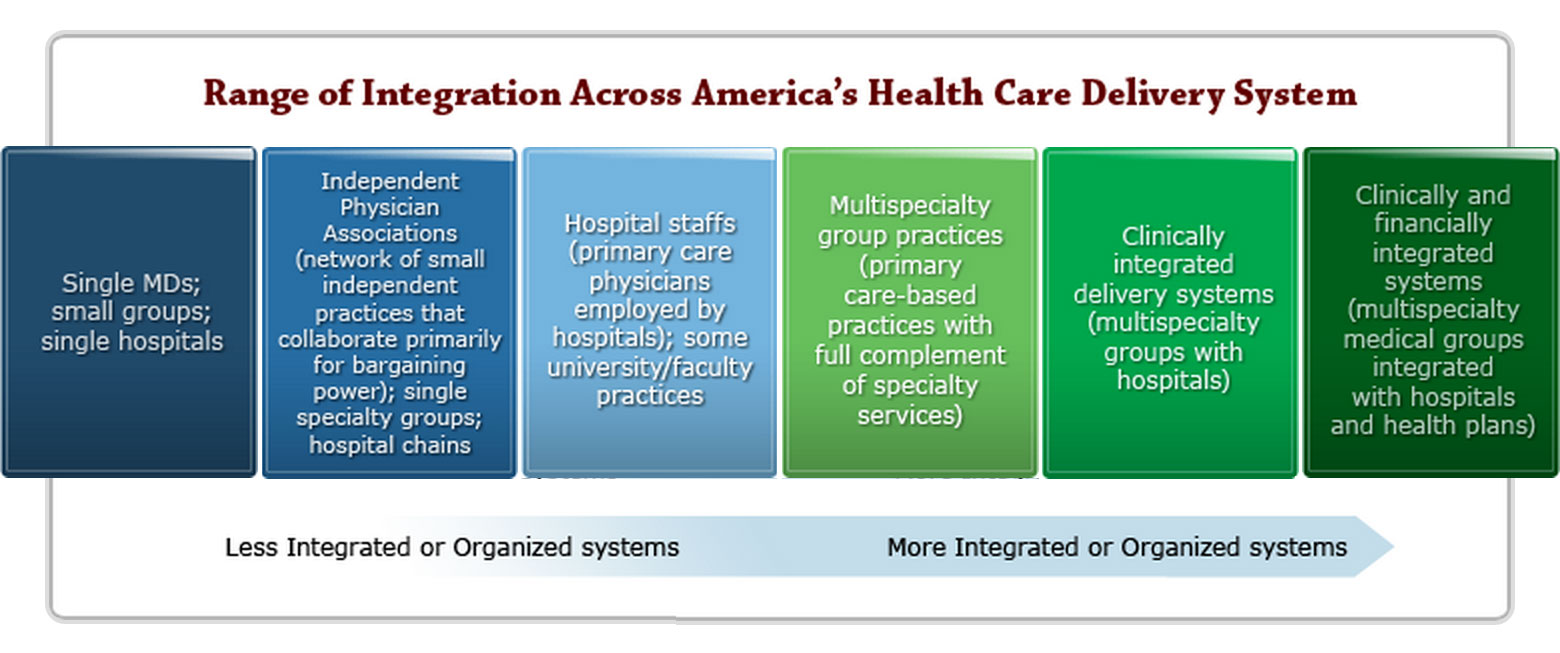SLE is likewise more common amongst Hispanic, Asian, and Native effects alcohol has on the nervous system American ladies. Transmittable diseases such as Liver disease C are also more widespread amongst African Americans who represent 22 percent of Liver disease C cases, despite only comprising around 13% of the U.S population. In 2007, nearly 70% of gonorrhoea cases and around 50% of Chlamydia and syphilis cases took place in African Americans.
The requirement for organ transplant is for that reason greater among this population, a need that is not presently fulfilled by the amount of organs readily available. Compared to other ethnic groups, the rate of organ rejection is also higher among African Americans, while the survival rate after hair transplant is lower. Developing countries are especially vulnerable to health variations and in order to meet the Centuries Development Goals and fix these health disparities, access to healthcare must be enhanced in these nations.
August 10, 2020 - Health disparities and health equity are two expressions that have often been used interchangeably to describe the fact that some populations are able to accomplish health and wellness more quickly than others. As the push for value-based care has become more widespread, clinicians and health market leaders have acknowledged that to promote wellness and accomplish optimal results, they must address the upstream aspects that influence health: the social determinants of health.

By and large, having some populations that experience more social factors of health than others results in health variations and health equity problems. However those 2 terms can not be utilized interchangeably, as they so typically have actually been during recent conversations about social determinants of health. Health disparities and health equity are two distinct terms that refer to two unique phenomena.
Health variations are the patterns one observes related to health among various client populations that is, an outcome being basically for a specific group. "Health and healthcare variations refer to distinctions in health and health care in between groups," states the Kaiser Family Foundation. "A 'health variation' describes a higher burden of illness, injury, impairment, or mortality experienced by one group relative to another.
All About How To Lower Health Care Costs
Black and Hispanic patients were most likely to contract the illness and experience greater rates of hospitalization than their white peers. That illness problem was greater for Black and Hispanic clients than it was for white clients, leading to a health disparity. Health equity, or its foil health injustice, are frequently considered as the reasons for a health disparity.
" Health equity means that everybody has a reasonable and just chance to be as healthy as possible," the Robert Wood Johnson Foundation states. "This requires removing barriers to health such as hardship, discrimination, and their repercussions, consisting of powerlessness and absence of access to excellent tasks with reasonable pay, quality education and real estate, safe environments, and health care." When there is not health equity (significance, when there is health injustice), health variations emerge.
Some examples of health inequity might include, however are not restricted to: Redlining, which can still be seen in minimal monetary, educational, or health resources Minimal profession chances Earnings disparities Neighborhood safety Access to healthy food Those elements each have a downstream effect on client health - who is eligible for care within the veterans health administration. If a patient resides in a low-income area, she may not get the education that would result in a well-paying job with employer-sponsored medical insurance.
However that could likewise lead to health variations connected to outcomes: since that client does not have insurance, she might be able to afford preventive care that would have detected pre-diabetes. That client might then develop diabetes, leading to another health variation. Health variation and health equity or inequity are frequently used interchangeably due to the fact that it is challenging to speak of one without the other.
That demonstrates both health inequity and health disparities at play. The example about COVID-19, too, shows health injustice and health disparities. Black and Hispanic clients carried the problem of the disease more than their white peers, but that wasn't because their bodies were less able to fight the infection. Instead, a variety of injustices made it more most likely they would contract the virus and become sicker with it.
The Single Strategy To Use For Which Of The Following Are Characteristics Of The Medical Care Determinants Of Health?
Black and Hispanic patients ended up being more most likely to contract the infection. And when they contracted the infection, they were most likely to become seriously ill. Years of institutional racism have deteriorated trust in between minority clients and their frequently white companies. On the other hand, low income, absence of insurance coverage, inability to make time, and lack of proximity to a health clinic have restricted minority patient access to care.
The distinctions in between health variations and health equity are clearly nuanced, making it simple to utilize the phrases interchangeably. Nevertheless, acknowledging those subtle differences will be very important as the healthcare industry turns its focus towards population health and the social determinants of health.
Current studies have shown that in spite of the improvements in the total health of the country, racial and ethnic minorities experience a lower quality of health carethey are less likely to get regular healthcare and face greater rates of morbidity and death than nonminorities. The American Medical https://writeablog.net/cillenv3ox/the-sickest-5-of-the-population-produce-50-of-overall-healthcare-expenses Association (AMA) encourages physicians to analyze their own practices to guarantee equality in medical care.
Health Disparities Toolkit. This set focuses on the style of "Collaborating to End Racial and Ethnic Variations: One Physician at a Time." Gain access to DVD interviews with physicians, nurses and patients, and a CD of information on subjects such as cultural competence Learn more and literacy. Use the assistance guide to work with other health care companies and doctors.
Access the white paper on "Collecting and Utilizing Race, Ethnic Culture and Language Data in Ambulatory Settings (PDF)" to find suggestions from the Commission to End Health Care Disparities on how to use market data to achieve useful goals. The Institute of Medicine (IOM) carried out an assessment on the distinctions in the kinds and quality of healthcare gotten by U.S.
How How Is Canadian Health Care Funded can Save You Time, Stress, and Money.
The IOM report discovered that: Disparities in health care exist and are associated with even worse health outcomes. Healthcare variations occur in the context of wider inequality. There are lots of sources across health systems, service providers, clients and managers that add to disparities. Bias, stereotyping, prejudice and medical unpredictability contribute to variations.
Read a summary the IOM findings (PDF) and recommendations, or gain access to the total IOM report. The IOM concluded that a comprehensive, multilevel technique is needed to get rid of these disparities. Gain access to the National Health Care Quality & Disparities Report for extra information. This annual report is produced by the Agency for Healthcare Research and Quality.
population through its policies and advocacy work. The AMA's Home of Delegates focuses on the removal of racial and ethnic health variations as a leading value. The AMA is partnering with the AMA Foundation to help physicians realise and manage low health literacy amongst patients through its public health grants.

These policies intend to: Increase awareness of racial and ethnic variations in healthcare amongst the public. Enhance patient-provider relationships in openly funded health strategies. Use the same managed care securities to publicly funded HMO participants that use to private HMO participants. Check out more in AMA's PolicyFinder. In 2000, the U.S.
